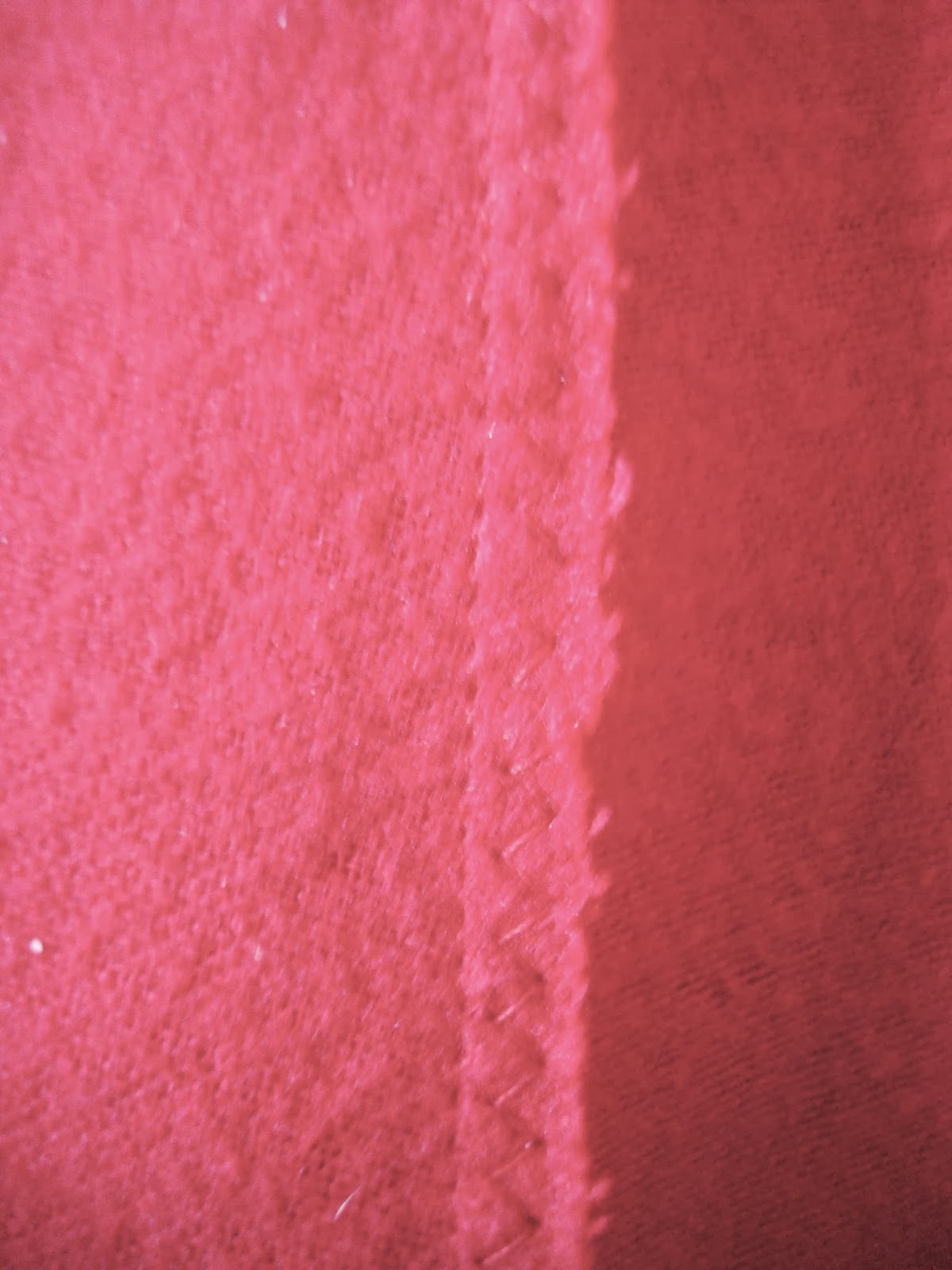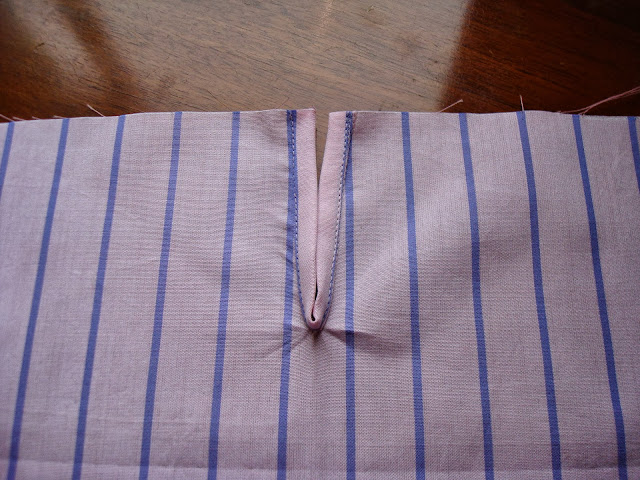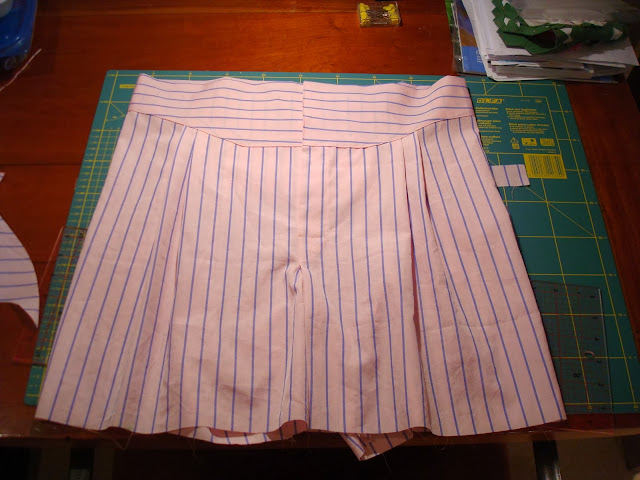This is a dress I made around the end of 2014 in readiness for Christmas of that year. I never got around to blogging about at the time. I did however take some photographs during making up. I bought the digital version of the pattern, printed it all out and stuck it together with tape. I don't mind the process too much. My version is sized to 24 months. At the time the recipient was only 16 months but I pictured this dress getting more wear during the following summer and as it was intended to be a surprise I allowed lots of margin for growth.
I had a nice pale blue 100% cotton print in the stash, a little fusible interfacing and some reused shirt buttons. The apparently simple, short-sleeved, A-line dress has quite a bit of detail.
The dress is shaped by tucks over the chest and back. I sewed the dress using the Singer 201K treadle and used a vintage tuck marker to help me form the tucks. Using the vintage attachment was fun but I would imagine that with careful measurements and thread marking one could easily manage without.
The dress buttons up the back. I made the buttonholes on the Singer 201K fitted with Greist buttonholer. The neckline facing is interesting in that it is turned to the right side and edge stitched in place.
The pattern has nice deep seam allowances and gives the usual modern instructions for finishing them with a zig-zag, serger or however else you might wish to. I cribbed Muv's flat felled shoulder seams from the child's dress pattern she drafted and made. The sleeves are hemmed, gathered and attached to the armscye before the side seams are closed. I finished the sleeve head seam allowance with a zig-zag using the Singer 401G. This was quick but if I made the pattern again I might make matching bias and use that to bind this seam.
I used good old reliable French seams to close the sides of the dress which just made my zig-zag short cut on the armholes look even sloppier.

The pattern made quite a feature of what Oliver+S calls its signature hem. This consists of a deep hem facing, worthy of the 1840s, turned to the inside and edge stitched.
The facing is then decorated with an additional five rows of topstitching spaced at quarter inch intervals. The result is a good looking, firm hem which hangs well and is suggestive of hard wear.
This was a a very sweet little project to sew. I would definitely make it again and would look at using Oliver+S patterns again in the future.



















































